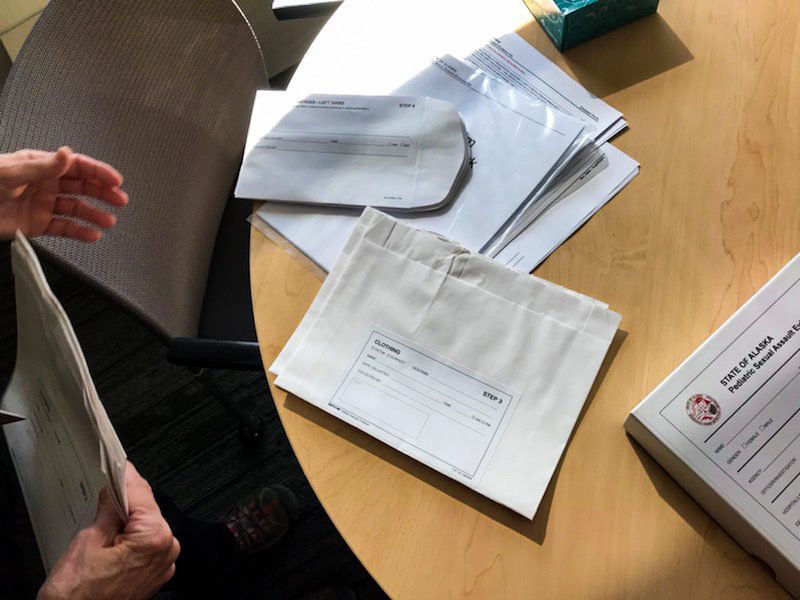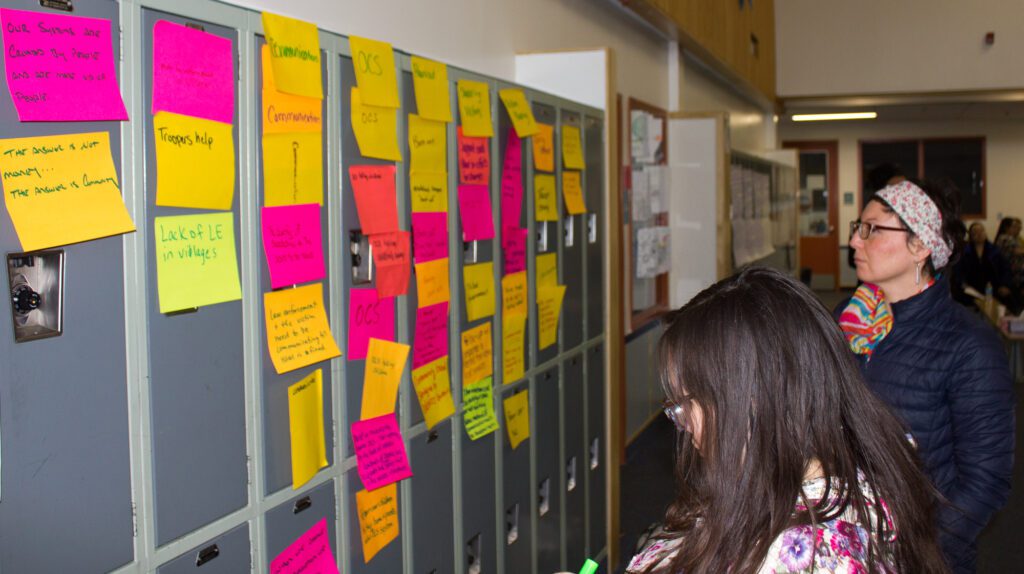More than half of Alaska women have experienced domestic or sexual violence, and communities are thinking about the ways they can take prevention into their own hands. Meanwhile, in just the last quarter-decade, there have been significant changes in how our state—and country—addresses domestic violence. That’s according to Ann Rausch with the Alaska Council on Domestic Violence and Sexual Assault.
At the Kawerak Rural Providers’ Conference Monday, Rausch and Timi Tullis shared their personal struggles with domestic violence in their families. But in her lifetime, Rausch has watched awareness grow from before we gave language to sexual assault. Now, she says, we’re talking about the root causes of violence.
The Centers for Disease Control now recognize sexual violence and abuse as a disease. Rausch says this advancement is important, but it’s not the focus of her work.
“When you just talk about statistics or outline the problem, I think it in some ways creates that silence because people feel so overwhelmed and they don’t know what to do,” she said. “But when you’re working in prevention, you’re really welcoming people back to the table.”
Prevention starts with the youth, Rausch says. Research has demonstrated the connection between teen dating violence and violence continuing throughout their lives. Conversations must start early and happen often.
Some of those discussions with teens through Stand Up Speak Up Alaska led to an inspiring video series called, “When I am an Elder.” The presenters shared a clip at the conference, which can be seen in full here.
In Nome, Rausch and Tullis referenced Green Dot as a resource for safely intervening in violent situations. They also recommended utilizing the Bering Sea Women’s Group and online networks like Alaska Network on Domestic Violence and Sexual Assault.







